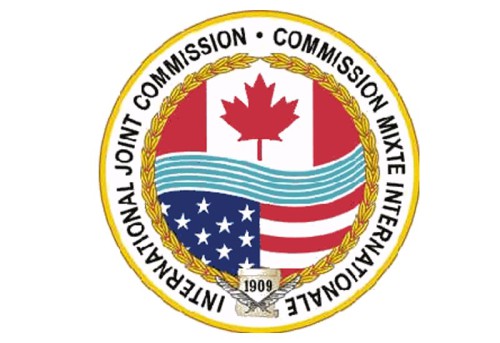Says it would benefit both MNR and anglers
MANITOULIN—The recent vandalism to Cold Water Fisheries cage nets in the North Channel has caused the president of the Northern Ontario Aquaculture Association and proprietor of Meeker’s Aquaculture to reflect on the upside of having thousands of escaped rainbow trout swimming in Manitoulin waters.
As a fellow fish farmer, his sympathies lie first and foremost with Cold Water and the dramatic financial losses they have suffered. But Mike Meeker says that it’s obvious from the losses, past and present, that following an escape of fish there’s an immediate upswing to the fishing economy of Manitoulin. One only needs to recall the winter of 2006 and the fishing frenzy that took place on Horseshoe Bay on the east side of Birch Island when hundreds of fishermen descended on the little bay, soaking the snow red with blood from their spoils, a result of the escape of an estimated 200,000 fish from Cold Water Fisheries Fisher Harbour site.
“The MNR (Ministry of Natural Resources) budget has been drastically reduced in stocking,” he said.
It is Mr. Meeker’s view, and one that he thinks will happen sometime in the future, that with the MNR cutbacks, the simple solution is to pay the aquaculture sites to do purposeful releases during the busy tourist season, being careful to do them in such a way that they do not interfere with spawning. “The MNR used to hire private contractors for stocking,” he added.
“This could work tremendously well,” he added. “If there’s more fish in the water, there’s more fishing.”
Mr. Meeker pointed to studies on the Lake Diefenbaker release in Saskatchewan, which saw 400,000 rainbow trout accidentally released in 2000. The economic impact on surrounding communities was enormous, he said, including the installation of new docks on the lake, boat rental businesses and guiding and fishing equipment industries appearing almost overnight.
“This all sort of ties in with the project in Lake Kagawong,” Mr. Meeker said.
The project he is referring to is the United Fish and Game Clubs of Manitoulin pickerel-stocking project which is using aquaculture techniques to rear the fingerlings to 8-10 inches in cages within the lake before they are released this fall. Waiting to release the fish until they reach this size means a “significantly improved and dependable survival rate.”
Projects like this mean significantly less capital cost and less labour “and can be duplicated on any lake,” Mr. Meeker said. “There’s no question of the benefits of releasing larger fish. To release hatch fry pickerel would get a less than one percent survival rate.” Literature suggests that releasing 6-8 inch pickerel would most likely mean a 70-90 percent survival rate.
“In the case of releasing rainbow, there would be instant benefits,” he continued. “As an operator, I would do this. If I’m getting the same amount of money, it’s just selling the fish to a different customer and it’s benefiting my neighbours.”





